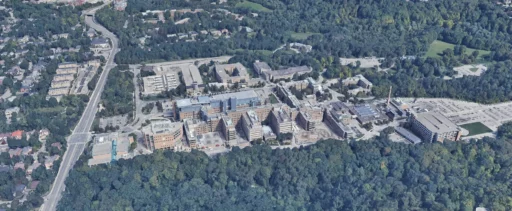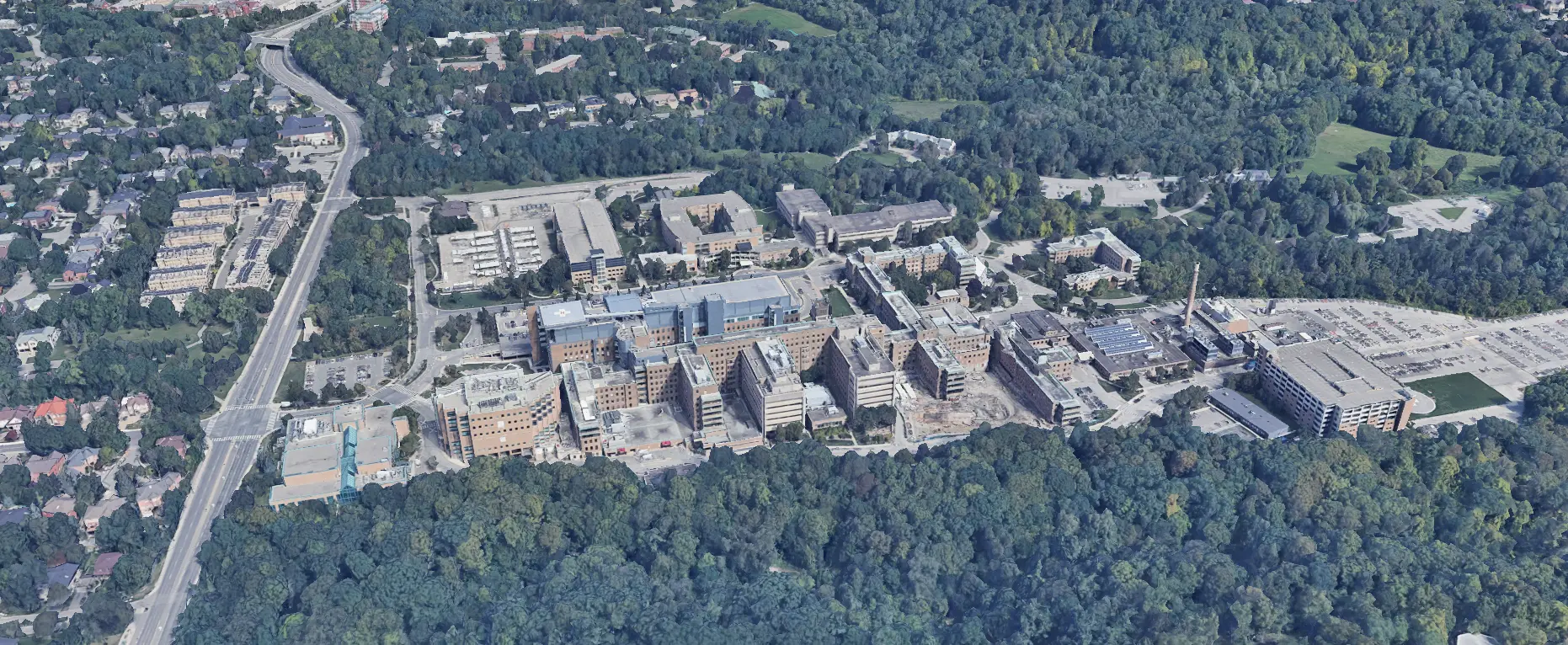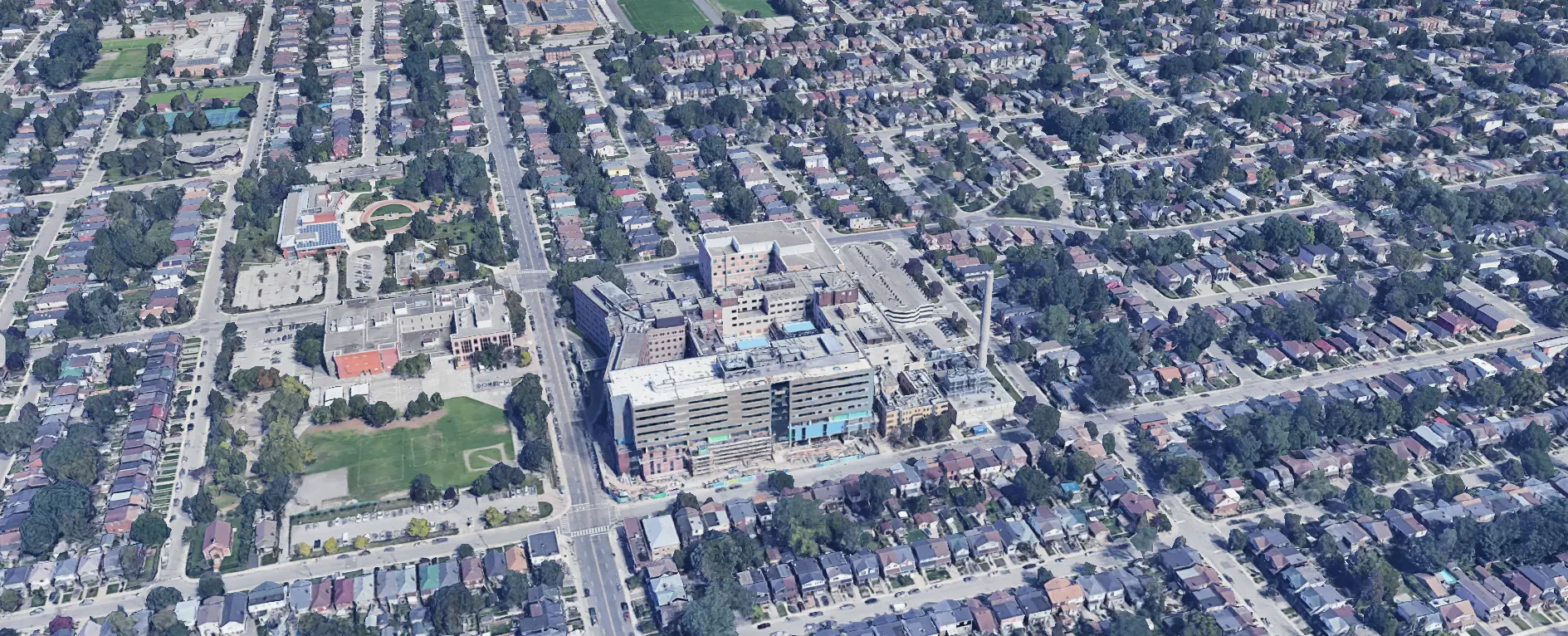Table of Contents
- Introduction
- Defining "potentially inappropriate use of antipsychotics"
- Ontario nursing homes with highest rate of "potentially inappropriate use of antipsychotics"
- Ontario nursing homes with lowest rate of "potentially inappropriate use of antipsychotics"
- Considerations for choosing nursing homes
Introduction
Antipsychotics are commonly employed in nursing homes to manage behavioral and psychological symptoms related to dementia and other mental health conditions, including aggression, agitation, and psychosis. These symptoms present significant challenges and can greatly impact the quality of life for both the affected individuals and those around them. The utilization of these medications is often driven by a perceived lack of effective alternative treatments.
Nursing homes frequently encounter staffing shortages and resource constraints, making it difficult to provide the intensive, individualized care required for residents with complex behavioral needs. In such circumstances, antipsychotics are often seen as a more expedient method of symptom management, despite not being the ideal solution.
This challenge is further exacerbated by the insufficient training of nursing home staff in alternative, non-pharmacological strategies for managing the challenging behaviors associated with dementia and other cognitive impairments. This situation has led to ongoing debate and has spurred efforts to reduce the reliance on antipsychotics in these settings, advocating for enhanced staff training, improved access to alternative treatments, and stricter regulatory oversight to ensure that antipsychotics are used judiciously, in a manner that prioritizes the well-being and rights of residents.
Defining "potentially inappropriate use of antipsychotics"
The percentage of long-term care residents taking antipsychotic drugs without a diagnosis of psychosis is a key indicator of "inappropriate use of antipsychotics" due to its implications for clinical appropriateness, patient safety, and evidence-based medicine.
Antipsychotic medications are designed and approved specifically for the treatment of psychiatric conditions characterized by severe symptoms such as delusions, hallucinations, and significant disturbances in thought processes, which are commonly associated with psychotic disorders. These medications function by modulating neurotransmitter systems in the brain to alleviate these symptoms. Prescribing antipsychotics without a diagnosed psychotic condition deviates from their primary, evidence-based use, raising concerns about the appropriateness of their application. The benefits of antipsychotics in non-psychotic conditions are less well-established and lack robust supporting evidence.
Additionally, antipsychotics carry a range of potential side effects, including sedation, metabolic changes, movement disorders, and an increased risk of cardiovascular events. In elderly populations, such as those in long-term care facilities, the risks associated with these side effects are heightened. The use of antipsychotics in these populations has been particularly scrutinized due to an increased risk of mortality, especially in individuals with dementia—a group often prescribed these drugs off-label for behavioral and psychological symptoms.
Using the percentage of residents on antipsychotics without a psychosis diagnosis as a measure underscores the importance of ensuring that the benefits of medication outweigh the potential harms. When antipsychotics are prescribed without a clear, evidence-based indication, it suggests a possible misalignment with best practice guidelines, potentially exposing residents to unnecessary risk.als with dementia.
Ontario nursing homes with highest rate of "potentially inappropriate use of antipsychotics"
Below are five nursing homes with the highest percentage of residents taking antipsychotic drugs without a diagnosis of psychosis:
- 🥇 Twin Lakes Terrace ranks first at 49.3% for the highest rate of potentially inappropriate use of antipsychotics
- 🥈 Bear Creek Terrace ranks second at 49.3% for the highest rate of potentially inappropriate use of antipsychotics
- 🥉 Elgin Abbey Nursing Home ranks third at 49.3% for the highest rate of potentially inappropriate use of antipsychotics
- Hamilton Continuing Care ranks fourth at 49.3% for the highest rate of potentially inappropriate use of antipsychotics
- Victoria Gardens Long Term Care ranks fifth at 49.3% for the highest rate of potentially inappropriate use of antipsychotics
Ontario nursing homes with lowest rate of "potentially inappropriate use of antipsychotics"
Below are five nursing homes with the lowest percentage of residents taking antipsychotic drugs without a diagnosis of psychosis:
- 🥇 Country Terrace ranks first at 0.3% for the lowest rate of potentially inappropriate use of antipsychotics
- 🥈 Cambridge Country Manor ranks second at 0.7% for the lowest rate of potentially inappropriate use of antipsychotics
- 🥉 Southbridge Pinewood ranks third at 0.7% for the lowest rate of potentially inappropriate use of antipsychotics
- North Lambton Lodge ranks fourth at 1.1% for the lowest rate of potentially inappropriate use of antipsychotics
- Lanark Heights Long Term Care ranks fifth at 1.3% for the lowest rate of potentially inappropriate use of antipsychotics
Considerations for choosing nursing homes
Antipsychotics are powerful medications designed for specific psychiatric conditions, and their use in populations without these conditions, particularly in elderly residents, can pose significant risks, including increased mortality, sedation, and other serious side effects.
To make an informed decision, it is important to review the facility's reported rates of antipsychotic use, particularly among residents without a diagnosed psychotic disorder.
A lower rate of antipsychotic use in non-psychotic residents generally indicates a facility’s commitment to non-pharmacological interventions and person-centered care approaches, which prioritize understanding and addressing the individual needs of residents rather than relying on medication as a first-line treatment.















